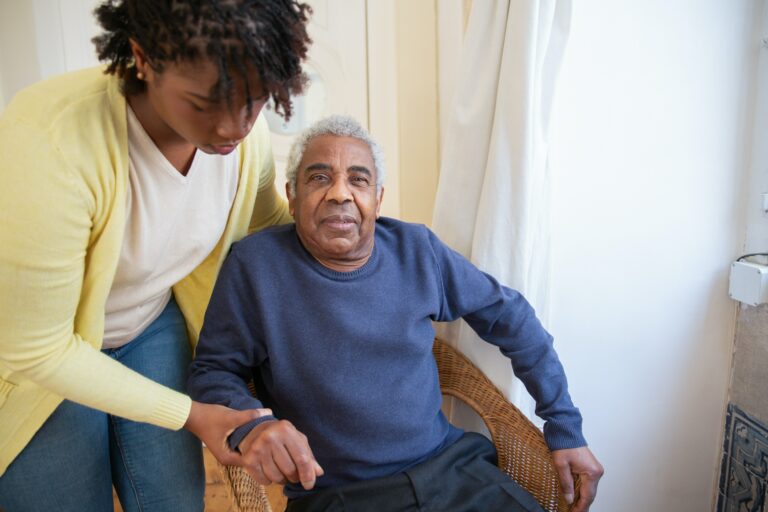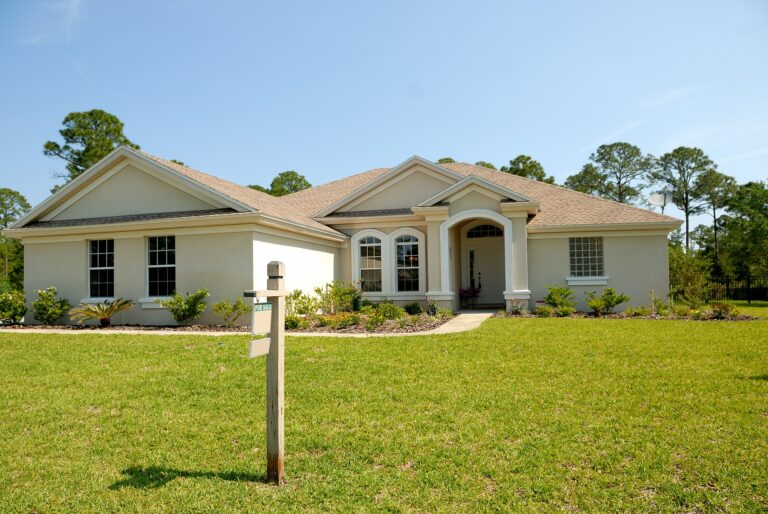
What’s the Best Way to Find the Right Assisted Living Facility?
News 19 Alabama’s recent article entitled “How To Choose the Right Assisted Living Facility,” provides some valuable tips for researching assisted living facilities and finding the best option for you:
Get recommendations. Ask friends, family and your doctor about assisted living facilities in the area and if they would recommend them. If someone you know lives in an assisted living facility, ask them how they like it, as their experience can provide insight into what facilities have the best reputation in your local area.
Consider your needs. Residents in assisted living facilities typically need assistance with some basic activities of daily living. This includes bathing, dressing, eating, and getting around. Some assisted living communities specialize in caring for people with specific conditions, such as Alzheimer’s. The level of care assisted living facilities offer can vary greatly, so consider how much assistance you require.
Consider the cost. Remember that Medicare doesn’t cover assisted living costs, which is why most people pay with private funds even though it’s expensive.
Consider location. A facility near friends and families is often the best choice. This lets residents receive lots of visitors. Employees will also see that the resident’s visitors scrutinize their care.
Ask questions. Before calling assisted living facilities, consider these questions:
- How many residents live at the facility?
- Are pets allowed?
- What amenities are available to residents?
- Are there personalized care plans for each resident?
- How are additional services billed?
- Are there doctors, nurses, pharmacists, physical therapists, housekeepers, cooks, and activity directors on staff?
- Does the facility run background checks on staff?
- What happens if a resident’s health deteriorates and needs additional care or a hospital stay?
- What safety features does each residential unit feature?
- What is the staff-to-resident ratio during the day and at night?
- What are the meals the facility serves?
- Are all utilities included in the overall cost of a unit?
Take note when you visit. When you tour a facility, look at the cleanliness, activities, safety features, available common areas, the friendliness of the staff and how healthy and happy the residents appear.
Compare several facilities before you decide. Don’t just choose the first facility you visit. Instead, tour several facilities and compare them.
Carefully examine contracts. Read assisted living contracts from start to finish and look for unexpected fees or deposits. Yous should also pay attention to the rules regarding discharging or evicting a resident, late or missed payments and how the facility handles (or limits) your rights to file a lawsuit should there be an issue.
Reference: News 19 (May 14, 2023) “How To Choose the Right Assisted Living Facility”









